Connect Social Accounts
Choosing the ultimate espresso recipe isn’t a one-size-fits-all situation. Embrace the diversity of espresso by exploring a range of recipes tailored to different roast levels.
If you under-extract coffee, it is sour. If you over-extract coffee, it is bitter. Perfecting your extraction recipe is the secret to crafting a delightful espresso beverage.
This particular espresso recipe is one in a series of 120 recipes, mathematically generated to be effective for every roast level. The Dialling in Process can now use your taste buds to move up or down the scale of recipes, resulting in you finding the best-tasting recipe for your coffee.
This recipe can be used for any espresso based drink, latte, cappuccino, flat white, long black, short black, americano, cortado, you name it. Technically, they are all double espressos. Once you have discovered how to make good tasting coffee, you may need less of the chocolate syrup.
Espresso recipe:101/121 (0.430 g/ml)
ESPRESSO RECIPE:101/121 (0.430 G/ML)
200
μm93
c16
gm56
gmThis is the 'Medium/American' roast-level recipe. There is a less than 10% chance this will be the right recipe for your roast level (unless you measured the density). It is simply the middle recipe with the least steps in either direction. Expect to have to try another recipe based on the taste test.
Ingredients
3.5 Espresso Ratio
15 gm VST Basket
9 bar Pressure
37 s Shot time
170 ml Cup size
25 ml Bypass water
89 ml Steamed milk
233 μm Grind setting
93 °C Temperature
16 gm Dose
56 gm Yield
Directions
- Pre-heat your espresso machine, portafilter, basket, and coffee cup
- Get your 16 grams of coffee in a single dose out of the freezer. If you are not single-dosing and freezing your coffee, read How to Store Coffee Beans - 9 tips. While at it, read Best Coffee Beans - Six Purchasing Tips. Shots of espresso these days are nearly always a double shot of espresso. Double shots are now the standard in America and many places worldwide. A single shot of espresso is very rare. Traditionally, a single shot (solo) of espresso uses about 7g of espresso-fine grounds. If you want to make a single, pull a double, but use a split portafilter to halve the shot for you.
- Use RDT by giving them a spritz of water and stirring them. This reduces static electricity, clumping, retention and waste and produces stronger flavours (read the paper).
- Grind your frozen coffee; do not defrost it. Using a dosing funnel, grind it into the right-sized basket in a naked portafilter.
- Puck prep: I use a WDT tool to break up clumps and redistribute them. I also use a levelling tool and a levelling palm tamper. Then, I cover it with a shower screen to help evenly distribute the water.
- Place scales under your cup and tare, and start the timer.
- Ramp up to 9 bar pressure. Pre-infusion (pause till first drip) is only required if the beans are super fresh (say within 2 days of roast) and are degassing so much that extraction is being affected - pretty unlikely, so you probably don't need it. Watch the bottom of the naked portafilter with a mirror, ease of momentarily if you see spritzing. Allow the pressure to decline to 6 bars to maintain a constant flow rate. Stop the shot when the target yield has been achieved. The extraction time should be roughly 37 seconds. If the shot runs very slowly despite high pressure, you need to grind coarser. If the shot has run too fast and you cannot maintain pressure, you need to grind finer.
- Now, the most important step. Before adding milk, stir the expresso and crema, and then taste the wet spoon (you don't need a spoonful). Is the coffee sour? If so, next time you make this coffee, extract more using the recipe indicated by the button above.
- If the coffee is not sour, ask yourself if it is very bitter. This is more difficult because all coffee is bitter to some extent. However, you can reduce bitterness by extracting less. Go too far, and it will turn sour. You are looking for the calm spot in between. Just above sour will taste the best. If you need to reduce bitterness next time you make this coffee, extract less by using the recipe indicated by the button above.
- Add the bypass hot water (optional). This reduces the blanket of milk and increases the apparent strength of the coffee while keeping the volume up.
- Add the steamed milk. Espresso con panna (whipped cream) may be a little OTT, but adding 5-10ml of cream to your milk before steaming can help get the texture right for that latte art and help make a perfect espresso.
Recipe Video
Notes
- Don't get hung up on the details. If you can't change your pressure, maybe you don't have a full set of baskets, you don't know what that grind size even means. It doesn't matter. Providing you are changing the dose, the yield, the ratio, the bits you can, you will be changing the TASTE, and that is what matters. YOU are finding a RECIPE that tastes better than the last recipe you tried.
Equipment
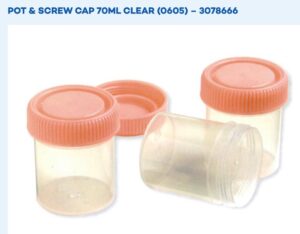 Freezer storagePot u0026 Screw Cap 70ml
Freezer storagePot u0026 Screw Cap 70ml Measuring cylinderGraduated Cylinder, 100ml
Measuring cylinderGraduated Cylinder, 100ml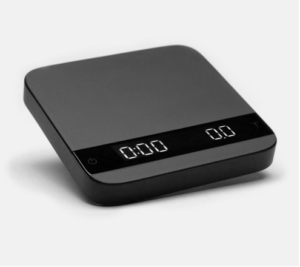 Digital scalesAcaia Lunar
Digital scalesAcaia Lunar Cup sizesClassic Range Cappuccino Cup (190ml)
Cup sizesClassic Range Cappuccino Cup (190ml)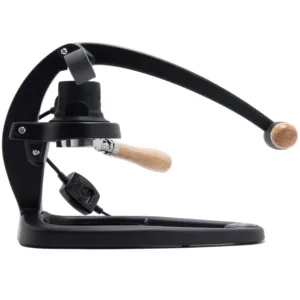 Espresso machineFlair 58
Espresso machineFlair 58 Milk steamerBellman CX25P
Milk steamerBellman CX25P VST Precision basketVST Precision Filter Baskets
VST Precision basketVST Precision Filter Baskets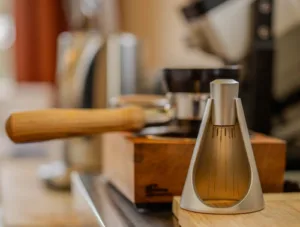 WDT ToolSworksdesign WDT Tool
WDT ToolSworksdesign WDT Tool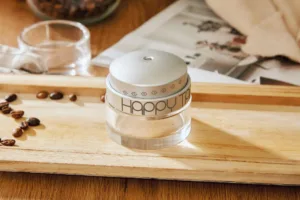 TamperHappy Tamper
TamperHappy Tamper Knock box and Tamp stationThe Bloc Espresso Knock Box + Tamp Station
Knock box and Tamp stationThe Bloc Espresso Knock Box + Tamp Station Steaming u0026 Frothing Milk PitcherJoe Frex Steaming u0026 Frothing Milk Pitcher
Steaming u0026 Frothing Milk PitcherJoe Frex Steaming u0026 Frothing Milk Pitcher Lower shower screenBPlus Lower shower screen
Lower shower screenBPlus Lower shower screen Milk thermometerRhino Long Thermometer
Milk thermometerRhino Long Thermometer GrinderKafaTek Monolith Flat MAX
GrinderKafaTek Monolith Flat MAX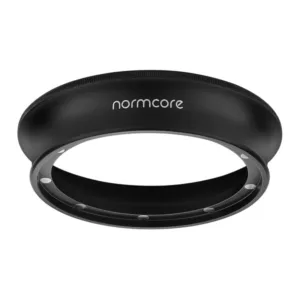 Dosing funnelNORMCORE / MAGNETIC DOSING FUNNEL V2
Dosing funnelNORMCORE / MAGNETIC DOSING FUNNEL V2
An example of coffee I'm drinking
FINCA CHISPITA
Farm Name: Finca Chispita
Farmer: Don Carlos
Score: 88.44
Altitude: 1500 masl
Variety: Kenia SL28
Acidity: Lemon Lime, Citric, Malic, Soft
Processing System: Natural
Country: Costa Rica
respect of the coffee industry, and coffee drinkers alike.
Density.coffee is not for profit. It is the result of my research and development, freely shared in the hope it will help others.
I only endorse equipment I have purchased myself, and I do not earn a commission or have any links to the companies I recommend.
I have a dream
- it might raise the standard of coffee-making globally
- It might reduce dialling in waste, time, and frustration
- It might encourage people to explore more varieties and pay more attention to the producers.
- You might be prepared to pay more for better coffee if they please you, returning more money to growers.

